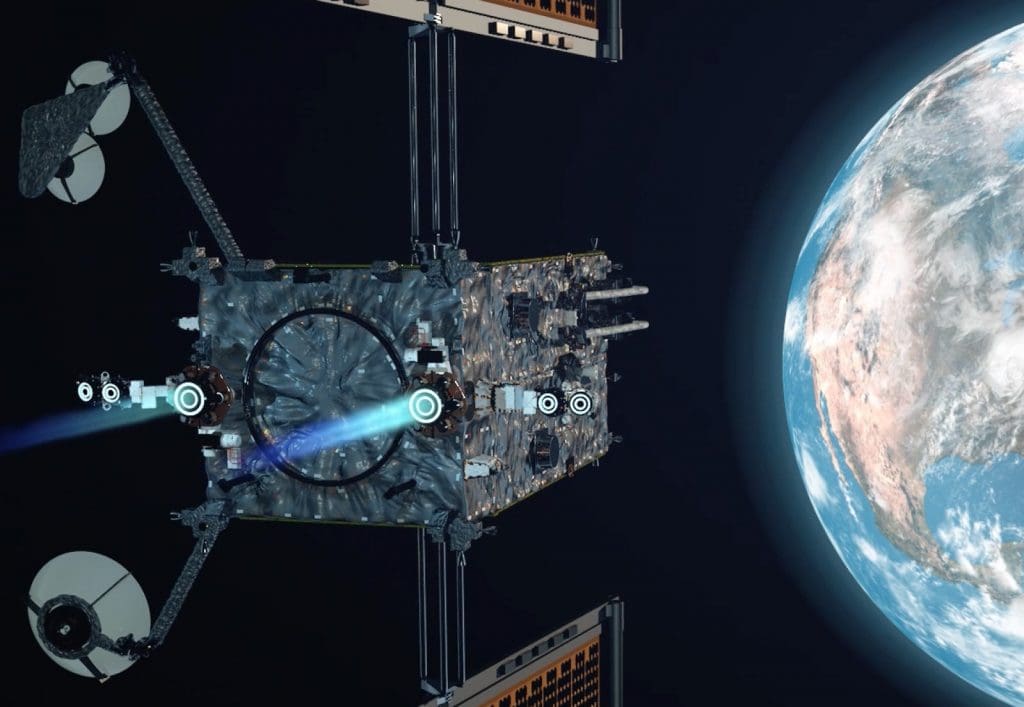
The first Lunar Gateway segment that’s flying to space is now in development.
NASA has awarded space technology company Maxar a $375 million contract to develop the first Lunar Gateway segment that’s flying to space. Maxar, which (according to Ars Technica) now has bragging rights for being the initiative’s first commercial partner, will work on the lunar orbiting outpost’s power and propulsion element. That component will provide the station’s power, maneuvering capabilities, altitude control, communications systems and initial docking capabilities.
While Maxar is in charge of the project, Jeff Bezos’ Blue Origin and Draper will help the company design and build the spacecraft for demonstration. See, the company will have to prove that the component works by performing a spaceflight demo, and it’s targeting a 2022 launch date. The demo period could last up to a year, but once proven that the segment works, it’ll officially become Gateway’s first element.
In its announcement, Maxar said the element will be based on its 1300 series spacecraft platform. Also, it said a key element of the segment’s design is NASA’s Roll Out Solar Array (ROSA), which rolls up for launch instead of folding up. The company has announced at a teleconference that it will choose a commercial rocket to launch the power and propulsion segment within the next 12 to 18 months. As Ars noted, Blue Origin’s New Glenn could be a frontrunner considering its involvement in the project, though Maxar didn’t say that outright.


